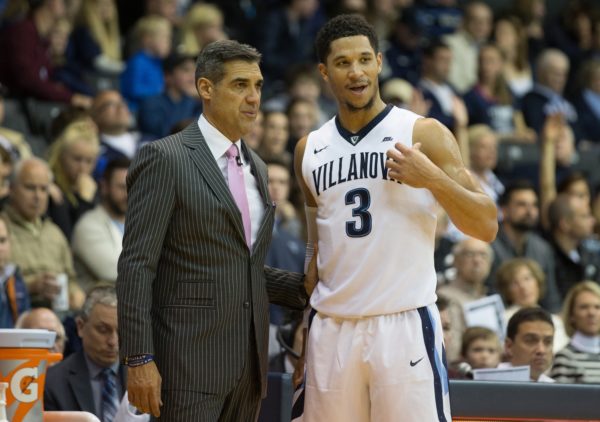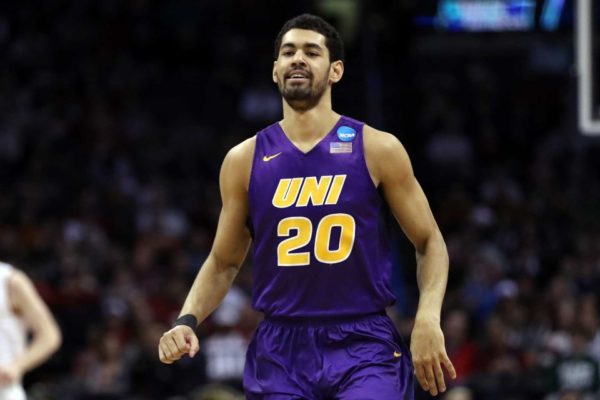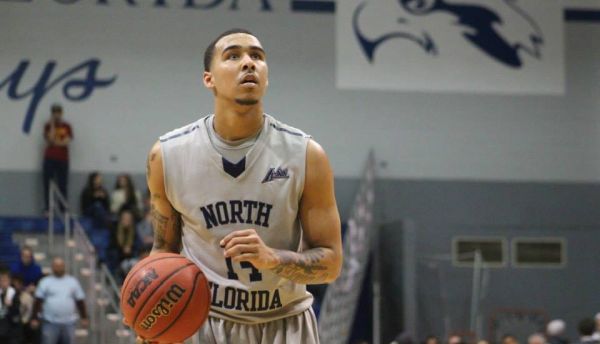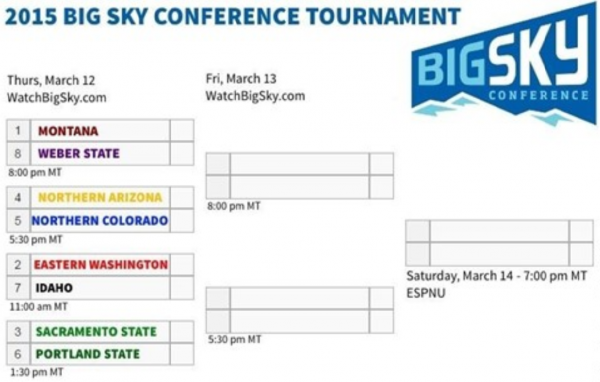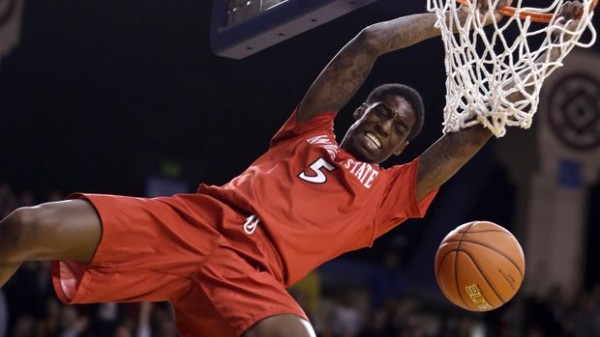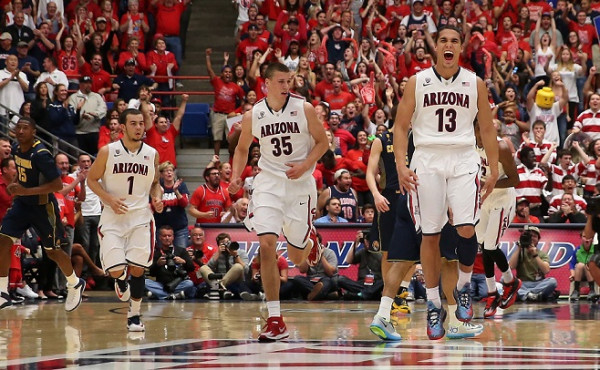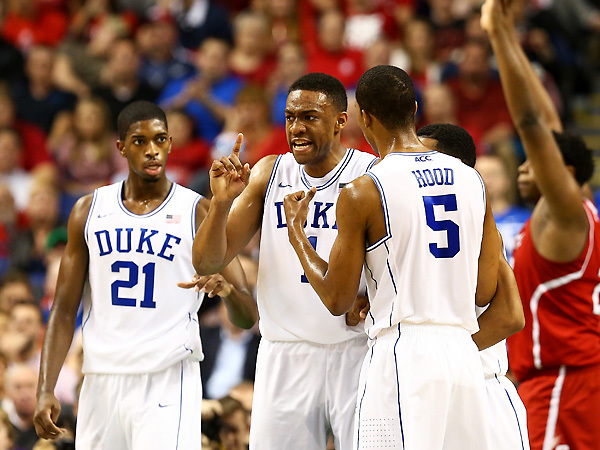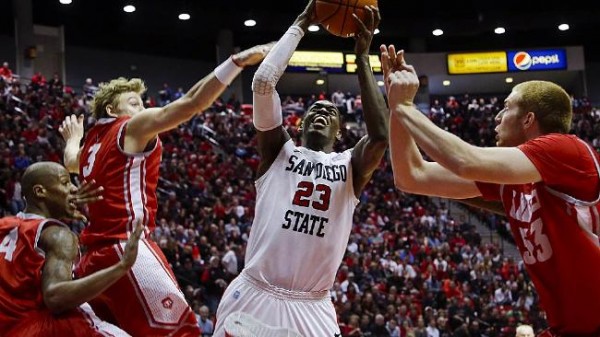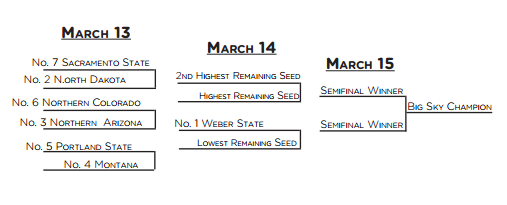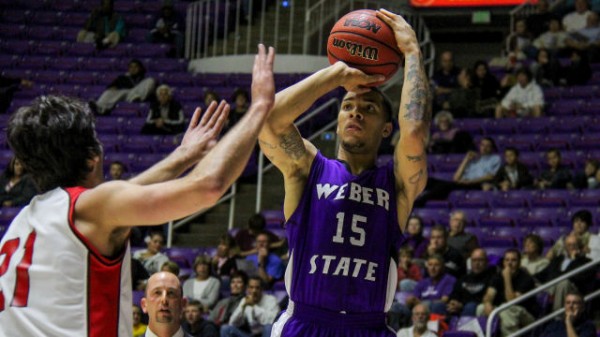Does Great Continuity Really Equate to Early Season Success?
Posted by William Ezekowitz on November 28th, 2016Every season pundits and commentators often gush about the importance of team continuity and experience. The teams who return the most players, the thinking goes, are those that will transition most seamlessly into the new season. The teams that are integrating a bunch of new freshmen and transfers, by contrast, aren’t as likely to play up to their full potential before the new year. But is this maxim, repeated by so many inside the game, actually true? Is there data to support it?
KenPom recently developed a new statistic called minutes continuity, which measures “what percentage of a team’s minutes are played by the same player from last season to this season.” This allows us to analyze whether teams with greater continuity overachieve at the beginning of the season and teams with lesser continuity underachieve. While it is possible that most any preseason ranking mechanism (including KenPom) would already account for player continuity, any positive effect would most likely be exhibited in the first half of the season. The teams with more continuity would benefit earlier while the teams with less continuity would catch up as the season wears on. To determine if this is true, we examined team performance versus preseason expectation in two groups (based on Pomeroy’s list (paywall)): the 40 teams with the most continuity, and the 40 teams with the least continuity.





























